A Complete Guide to Planting and Caring for Olive Trees in the UK
A Complete Guide to Planting and Caring for Olive Trees
 Green Olives on the Olive Tree
Green Olives on the Olive TreeIf you've ever dreamed of having a miniature olive grove in your backyard, now is the time to make it happen! Planting and caring for olive trees is becoming increasingly popular, making them perfect for gardeners who are looking to add some unique flair and flavor to their outdoor spaces. From choosing the right variety for your soil type to providing adequate mulching and pruning—we'll cover it all in this complete guide so that you can have success with growing olives in no time.
An Overview of Olive Trees - What They Are and How They Grow in the UK
Olive trees may not be the first plant species that come to mind when thinking about crops native to the UK, but they are surprisingly resilient in the British climate. These trees can live for hundreds of years and produce a valuable fruit that is used for cuisine, medicine, and cosmetics. Olive trees require well-draining soil, ample sunlight, and protection from frost to thrive in the UK. Although they are not widely cultivated, with the help of careful pruning and disease control, they can be grown successfully in many regions of the country. So why not consider adding an olive tree to your garden and enjoy the delicious fruit and beautiful foliage they can provide?
The History of the Olive Tree in the UK
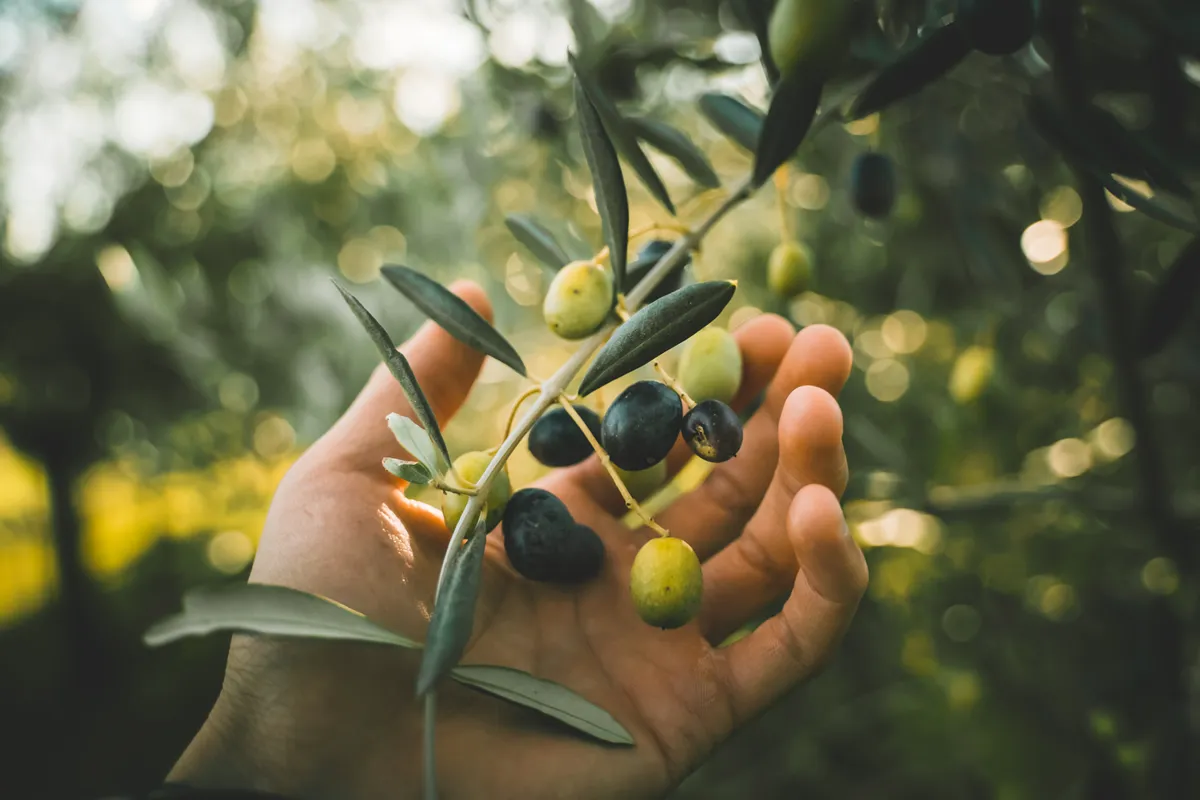 green and black olives on the branch
green and black olives on the branch
The olive tree is a symbol of prosperity, wisdom, and peace, and its historical significance cannot be overstated. Though it is commonly associated with the Mediterranean, the olive tree has been cultivated in the UK since the Roman period. The tree's popularity only grew during the Middle Ages when the monasteries in the UK began to grow olive trees. With an abundance of land and fertile soil, the olive trees flourished and were used for medicinal purposes, cooking, and lighting. The tree's oil was considered a valuable commodity, and its versatility made it a popular crop. Today, the olive tree remains a beloved plant with a rich history in the UK, symbolizing strength, longevity, and resilience.
Choosing the Right Olive Tree for the UK Climate
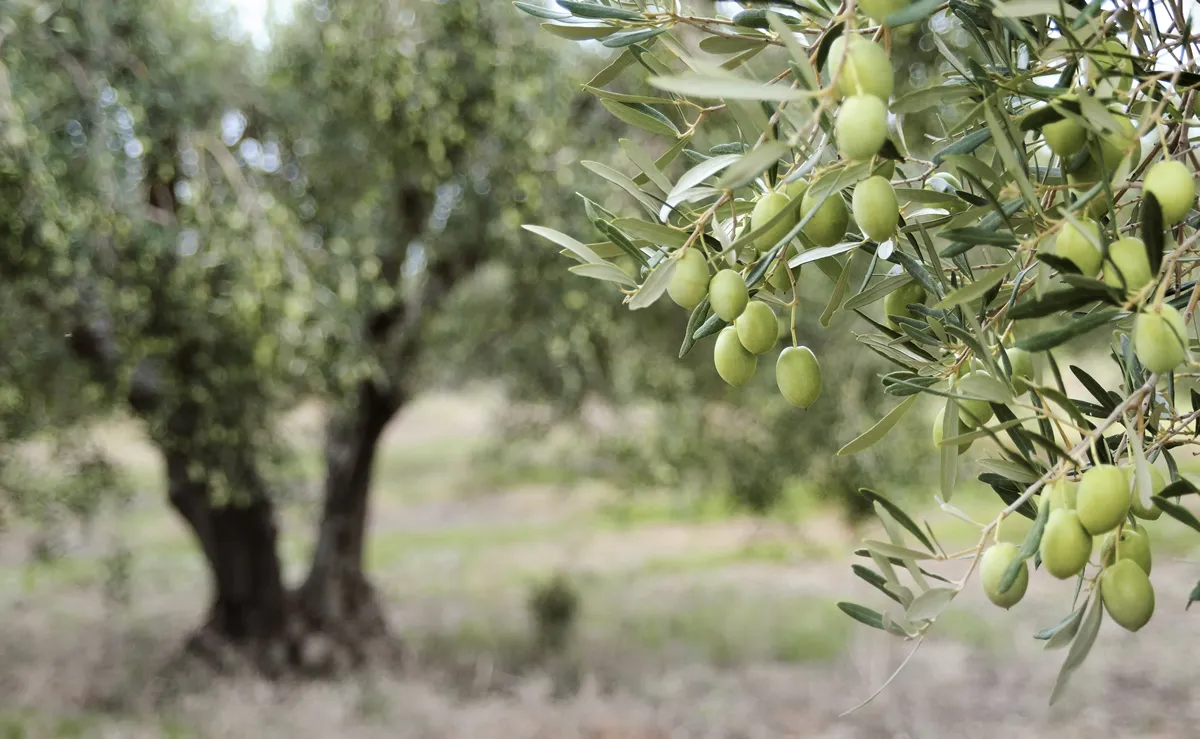 Greek olive grove detail
Greek olive grove detail
Choosing the right olive tree for the UK climate can be a daunting task, especially when you consider the amount of rainfall and winter temperatures that can affect the growth of this Mediterranean plant. But fear not, gardeners! There are a few things you can look out for when selecting an olive tree that can thrive in the UK. Firstly, opt for a hardier variety, such as the 'Arbequina' or 'Picholine' cultivars, that can tolerate cooler temperatures and have a lower water requirement. Secondly, consider planting your olive tree in a sheltered spot, with lots of sunlight and well-drained soil. With these two factors in mind, you'll be well on your way to finding the perfect olive tree for your garden, and enjoying your own home-grown olives in no time!
Arbequina:
The Arbequina olive tree is an excellent choice for the UK climate as it is a hardy variety that can tolerate cooler temperatures and even frost. This small, bushy tree originates from Spain and is known for its highly aromatic, small fruit which produces top-quality olive oil. Arbequina trees are self-pollinating, making them a great option for smaller gardens or for those who only want to plant one tree.-
Frantoio:
Frantoio is an Italian olive tree variety that is well-suited to the UK climate due to its cold tolerance and adaptability to different soil types. This tree is known for producing high-quality oil with a fruity and slightly peppery flavor. Frantoio trees are partially self-fertile but will benefit from cross-pollination with another compatible variety, such as Leccino or Moraiolo, to increase yields. -
Leccino:
Another Italian variety, the Leccino olive tree, is a good option for UK gardens as it can withstand colder temperatures and damp conditions better than many other varieties. Known for producing large quantities of medium-sized fruit, the Leccino tree's olives are used primarily for oil production. To achieve optimal pollination and fruiting, it's recommended to plant Leccino trees alongside another compatible variety like Frantoio or Pendolino. -
Koroneiki:
Originating from Greece, the Koroneiki olive tree is a small, compact variety that is well suited to the UK climate. It can tolerate cool temperatures and humidity and is resistant to common pests and diseases. Koroneiki trees produce small olives with a high oil content, resulting in a robust and flavorful olive oil. Although this variety is self-fertile, planting it with another compatible variety can help improve pollination and yield. -
Picholine:
The Picholine olive tree, native to France, is another variety that can thrive in the UK climate. This hardy tree is known for its tolerance to cold and wet conditions. The Picholine olives are medium-sized and are often used for both table olives and oil production. The oil has a distinct, grassy flavor with a hint of spiciness. Planting Picholine trees with other compatible varieties, such as Arbequina or Frantoio, can help improve pollination and fruit yield.
Best Locations to Plant an Olive Tree
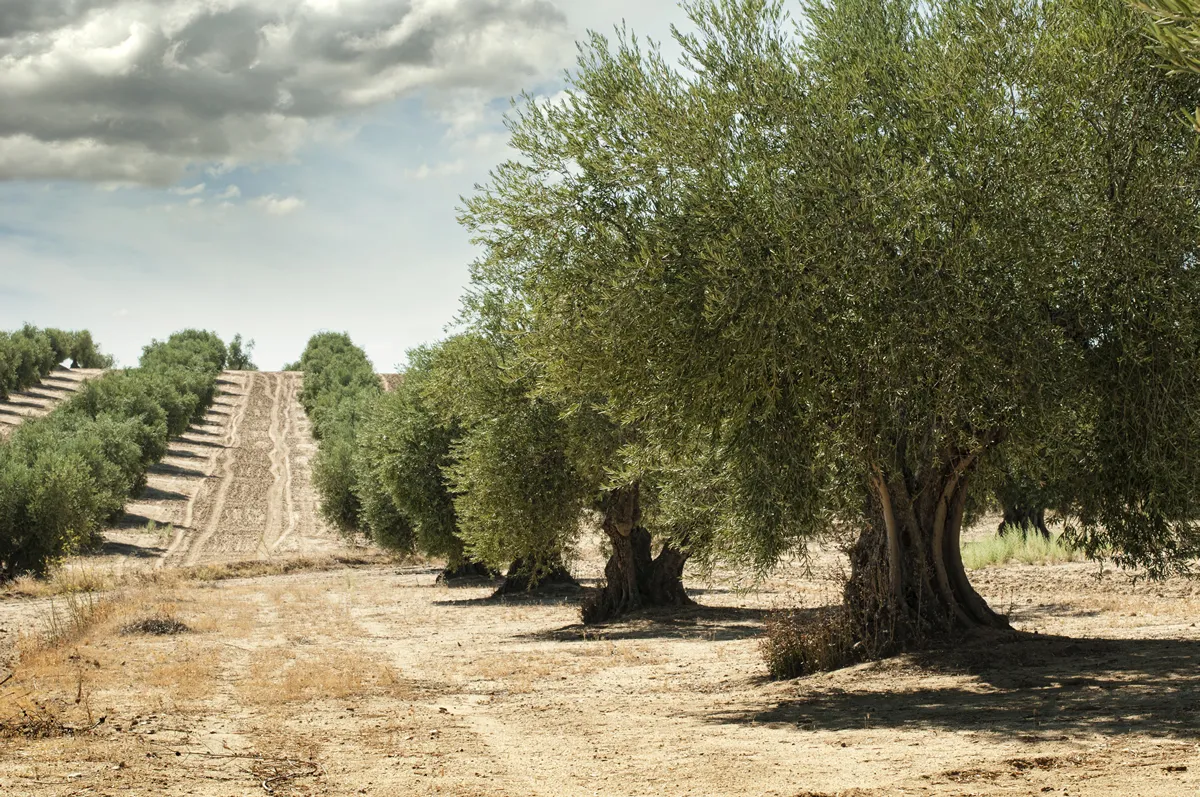 Olive trees in a row. Plantation and cloudy sky
Olive trees in a row. Plantation and cloudy sky
The distinctive olive tree has been a staple of Mediterranean agriculture for centuries and can grow in a range of climates. If you're looking to add some greenery to your garden and produce your own olives, there are several factors to consider before planting.
Firstly, it's important to choose a location that receives plenty of sunlight, as olive trees need around 6 hours of direct sunlight per day.
The ideal soil for an olive tree should be well-draining and have a neutral pH. Some of the best locations to plant olive trees include sunny spots in your garden, on a hillside or terrace, or in a grove with other olive trees. With the right conditions, you can enjoy the beauty and rewards of an olive tree for years to come.
Preparing and Planting Your Olive Tree
 Italy, Puglia region, south of the country. Traditional plantation of olive trees.
Italy, Puglia region, south of the country. Traditional plantation of olive trees.
Preparing and planting your olive tree is an exciting and rewarding experience that will provide you with a tree that will not only look beautiful, but also give you delicious olives year after year. Before planting, it is important to choose a suitable location, one that has well-draining soil and is exposed to sunlight. Knowing the climate and soil conditions of your area will also help determine which variety of olive tree to plant. Once planting location and olive variety are determined, it is essential to prepare the planting site properly by clearing the area of any weeds or debris and digging a hole that is twice the size of the root ball. Following these tips will ensure that your olive tree will thrive and provide you with succulent fruit for many years to come.
Choose the right variety:
Select an olive tree variety that is suitable for the UK climate, such as Arbequina, Frantoio, Leccino, Koroneiki, or Picholine.-
Select a planting site:
Choose a well-draining location with full sun exposure, ideally south or southwest-facing. Olive trees need at least 6 hours of direct sunlight per day to thrive and produce fruit. -
Prepare the soil:
Olive trees prefer well-draining, slightly acidic to neutral soil with a pH between 6 and 8. Amend heavy clay soil with organic matter, such as compost or well-rotted manure, to improve drainage. -
Dig the planting hole:
Dig a hole twice as wide and just as deep as the root ball of your olive tree. Loosen the soil at the bottom and sides of the hole to encourage root growth. -
Plant the tree:
Gently remove the olive tree from its container, taking care not to damage the roots. Place the tree in the hole so that the top of the root ball is level with the surrounding soil. Backfill the hole with the excavated soil, making sure there are no air pockets around the roots. Firmly press the soil around the base of the tree. -
Water thoroughly:
Water the newly planted olive tree deeply to help settle the soil and establish good contact between the roots and the surrounding soil. Keep the soil consistently moist but not waterlogged during the first few weeks after planting. -
Mulch:
Apply a 2-3 inch layer of organic mulch, such as bark chips or compost, around the base of the tree, leaving a gap of a few inches around the trunk. Mulch helps retain moisture, suppress weeds, and regulate soil temperature. -
Staking (if required):
If your olive tree needs support, insert a stake into the ground next to the trunk and gently tie the tree to the stake with soft ties. Make sure not to tie it too tightly to allow for natural movement and growth. -
Fertilize:
After 4-6 weeks, apply a balanced, slow-release fertilizer according to the package instructions. Olive trees generally don't require heavy fertilization, but providing some nutrients will help promote healthy growth. -
Prune:
Prune your olive tree in late winter or early spring to maintain its shape, encourage branching, and improve air circulation. Remove any dead, damaged, or crossing branches, and thin out crowded areas to let sunlight reach the interior of the tree. -
Monitor for pests and diseases:
Keep an eye on your olive tree for common pests such as scale insects, olive fruit fly, and fungal diseases like anthracnose and Verticillium Wilt. Treat any issues promptly with appropriate control methods.
Remember that olive trees can take a few years to start producing fruit, so be patient and provide consistent care to ensure a healthy, productive tree.
Proper Watering Schedule for Olive Trees in the UK
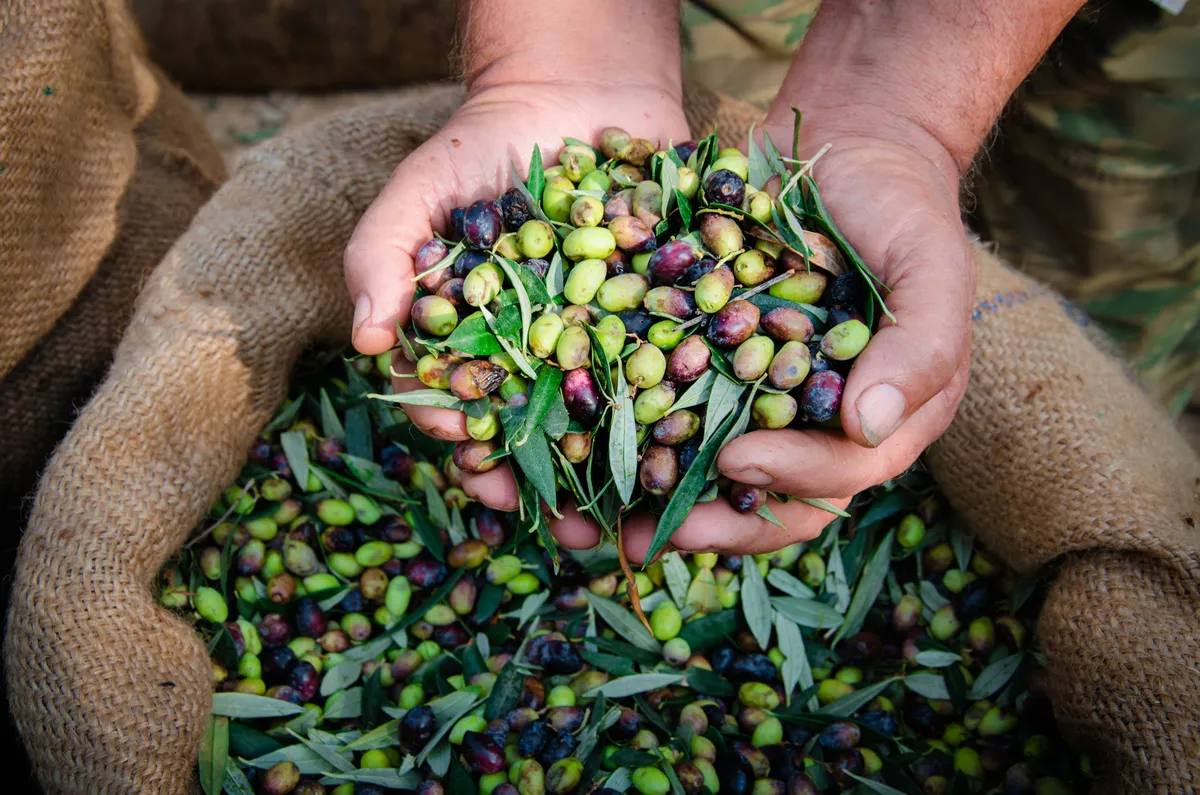 Harvested fresh olives in the hands of farmer, Crete, Greece.
Harvested fresh olives in the hands of farmer, Crete, Greece.
Olive trees are a beautiful addition to any garden, providing not only a Mediterranean feel but also a source of olive oil. But to achieve a healthy and fruitful tree, proper watering is essential. In the UK, with its distinct climate, it's important to be mindful of the optimal watering schedule. The general rule for olive trees is to water deeply, but infrequently.
The soil should be allowed to dry out slightly, then watered until it reaches a depth of 12-18 inches. It's also important to avoid waterlogging the soil, which can lead to Root Rot. A general guideline is to water every 7-10 days in the summer and every 14-21 days in the winter months. By following this watering schedule, your olive tree will thrive and provide an abundance of olives.
How to Feed and Mulch the Olive Tree for Healthy Growth
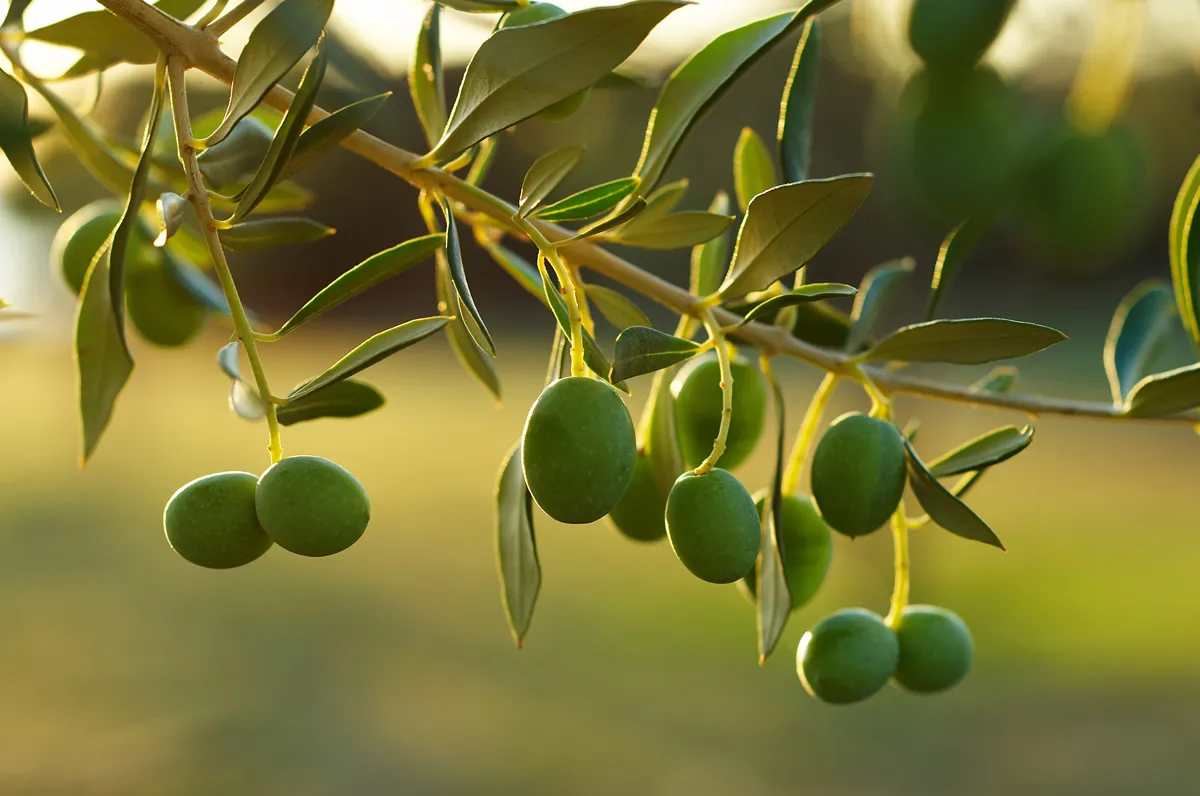 Detail of olive tree branch
Detail of olive tree branch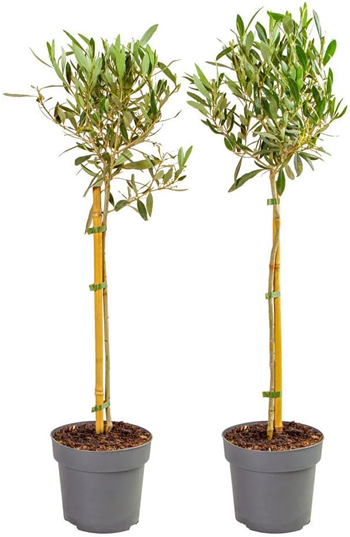
Feeding and mulching an olive tree is essential if you want it to grow strong and healthy. To start, consider using organic fertilizers, as they will provide the tree with the nutrients it needs without harming the environment. One option is to use compost made from kitchen and garden waste. However, it is essential to avoid using too much nitrogen as this can lead to excess growth and a weaker tree. When it comes to mulching, consider using weed-free straw or wood chips. This will help retain moisture and suppress weed growth, which can compete with the olive tree for nutrients. Make sure to spread the mulch evenly around the base of the tree, keeping it away from the trunk to avoid Root Rot. By incorporating these practices into your olive tree care routine, you can ensure a healthy and thriving tree.
Composted Manure:
Composted manure, such as cow or horse manure, is an excellent organic fertilizer for olive trees. It is rich in essential nutrients like nitrogen, phosphorus, and potassium, which promote healthy growth and fruit production. In addition, composted manure improves soil structure, helps retain moisture, and supports beneficial microorganisms in the soil. Apply composted manure around the base of your olive tree in early spring, ensuring it doesn't come into direct contact with the trunk.-
Worm Castings:
Worm castings, also known as vermicompost, are a nutrient-rich organic fertilizer derived from the excrement of earthworms. They contain essential plant nutrients, enzymes, and beneficial microorganisms that improve soil fertility and help plants absorb nutrients more efficiently. Worm castings can be mixed into the soil or applied as a top dressing around the base of your olive tree. They release nutrients slowly, providing a steady supply of essential elements for your tree throughout the growing season. -
Fish Emulsion:
Fish emulsion is an organic liquid fertilizer made from the byproducts of the fish processing industry. It is high in nitrogen, phosphorus, and potassium, as well as micronutrients like calcium and magnesium. Fish emulsion promotes strong root growth, healthy foliage, and increased fruit production in olive trees. Dilute the fish emulsion according to the package instructions and apply it to the soil around your olive tree during the growing season. Be sure to water the area thoroughly after application to help the nutrients penetrate the soil. -
Seaweed Extract:
Seaweed extract, also known as kelp meal or liquid seaweed, is an organic fertilizer derived from various species of marine algae. It is rich in trace minerals, vitamins, and plant growth hormones that promote healthy root development, increase resistance to pests and diseases, and improve overall plant vitality. Seaweed extract can be applied as a foliar spray or soil drench around your olive tree, following the manufacturer's recommendations for dilution rates and application frequency. -
Bone Meal:
Bone meal is an organic fertilizer made from ground animal bones and is particularly high in phosphorus and calcium. These nutrients are essential for strong root development, flower and fruit production, and overall plant health. Apply bone meal to the soil around your olive tree in early spring, working it gently into the topsoil. Be sure to follow the package instructions for the appropriate amount to use based on the size and age of your tree.
When using organic fertilizers, it's essential to apply them according to the manufacturer's recommendations and monitor your olive tree's health and growth to determine if additional nutrients are needed. Regular soil testing can also help you identify any nutrient deficiencies and adjust your fertilization practices accordingly.
Mulch and compost are both excellent additions to a garden as they can help retain moisture, suppress weeds, and feed the soil with essential nutrients. Here are some different types of mulch and compost that you can use after pruning to ensure healthy growth:
Types of Mulch
- Wood Chips: Wood chips are a common type of mulch and are useful for suppressing weeds and retaining moisture. They also slowly break down over time, releasing nutrients into the soil.
- Pine Needles: Pine needles are acidic and can be used as mulch around acid-loving plants such as azaleas and blueberries. They also decompose slowly, making them a long-lasting option.
- Straw: Straw is an excellent mulch for vegetable gardens, as it is low in nutrients but retains moisture well. It can also help suppress weeds.
- Shredded Leaves: Shredded leaves are a natural and free mulch that many gardeners use in their gardens. They add organic material to the soil as they decompose, and they also help suppress weeds.
Types of Compost
- Kitchen Compost: Kitchen compost is made from food scraps and other organic waste generated in the kitchen. It is an excellent source of nutrients and can be added to garden beds to enrich the soil.
- Manure Compost: Composted animal manure is a rich source of nutrients, making it an excellent addition to garden soil. However, it should be well-composted before use to avoid burning plants.
- Leaf Compost: Leaf compost is created by decomposing leaves and plant matter and can be used on its own or added to garden soil. It is rich in nutrients and also helps improve soil structure.
- Vermicompost: Vermicompost is made from worm castings and is one of the richest sources of plant nutrients. It can be added to garden soil or used as a potting mix for houseplants.
By incorporating different types of mulch and compost into your garden after pruning, you can help promote healthy growth and improve the overall health of your plants. Always choose high-quality, organic materials to ensure the best results.
Pests and Diseases which Effect the Olive Tree
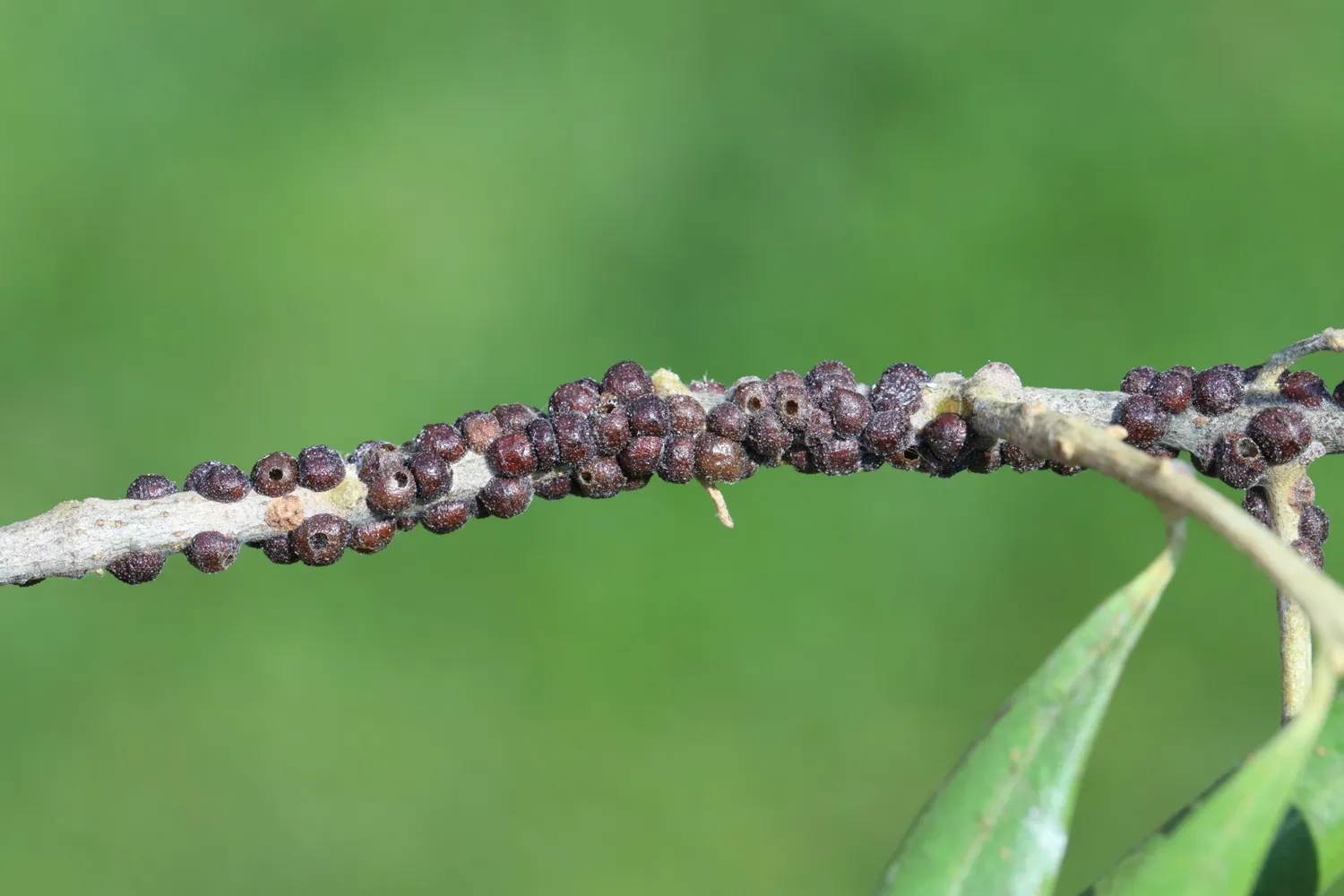 The black scale, Saissetia oleae (Hemiptera: Coccidae) on the olive tree, is an important pest of citrus and olive trees.
The black scale, Saissetia oleae (Hemiptera: Coccidae) on the olive tree, is an important pest of citrus and olive trees.
The olive tree is a symbol of peace, sustenance, and longevity. However, these majestic trees are susceptible to various pests and diseases that can damage the crop and reduce the quantity and quality of olive oil produced. Some common pests that attack olive trees include olive fruit fly, scale insects, and Aphids. These pests can feed on the leaves and fruits of the olive tree, causing significant damage to the tree and reducing the yield of olives. Another detrimental aspect to the olive tree is various diseases, such as Verticillium Wilt, which can cause the tree to wilt, die, or both. It is essential to identify and treat any pests or diseases affecting the olive tree as soon as possible, to prevent further damage and ensure the tree's longevity and production.
-
Olive Knot Disease (Pseudomonas savastanoi):
Olive knot disease is a bacterial infection that causes galls or knots to form on the branches, leaves, and trunks of olive trees. In the UK, this disease can be exacerbated by cool, wet weather conditions. To prevent and manage olive knot disease, prune affected branches during dry weather, disinfect pruning tools between cuts, and avoid overhead watering to reduce humidity around the tree. -
scale insects:
scale insects are small, sap-sucking pests that can infest olive trees in the UK. They appear as small, flat, immobile bumps on leaves, stems, and branches, and can cause yellowing or wilting of affected foliage. To control scale insects, introduce natural predators like ladybirds, Lacewings, or parasitic wasps, or use organic insecticides like neem oil or insecticidal soap. Regularly inspect your tree for signs of infestation and remove any affected plant material promptly. -
Verticillium Wilt (Verticillium dahliae):
Verticillium Wilt is a soil-borne fungal disease that can affect olive trees in the UK. It causes yellowing, wilting, and eventual death of leaves and branches, and can even kill the entire tree if left untreated. To prevent Verticillium Wilt, practice good sanitation by removing any infected plant material and maintaining a healthy, well-drained soil environment. If your tree is affected, prune out any dead or dying branches and apply a suitable fungicide to prevent further spread. -
Root Rot (Phytophthora spp.):
Root Rot is a common problem in olive trees, particularly in poorly drained soils or areas with high rainfall. The fungi Phytophthora spp. attack the roots of the tree, causing them to decay and ultimately leading to the tree's decline and death. To prevent Root Rot, ensure your olive tree is planted in well-draining soil and avoid over-watering. If your tree is affected, remove any dead or dying branches, improve drainage around the tree, and apply a suitable fungicide to the soil. -
Peacock Spot (Spilocaea oleaginea):
Peacock spot is a fungal disease that affects the leaves of olive trees, causing circular, dark brown or Black Spots with a yellow halo. Severe infections can lead to leaf drop and reduced fruit production. In the UK, this disease can be more prevalent in damp, cool conditions. To manage peacock spot, maintain good air circulation around your tree through regular pruning, and apply a copper-based fungicide during the dormant season to reduce fungal spores.
Regular monitoring and early intervention are crucial for managing pests and diseases in olive trees. Maintain good sanitation practices, such as removing fallen leaves and debris, and provide optimal growing conditions to keep your tree healthy and resistant to pests and diseases.
The Best Propagation Methods for the Olive Tree
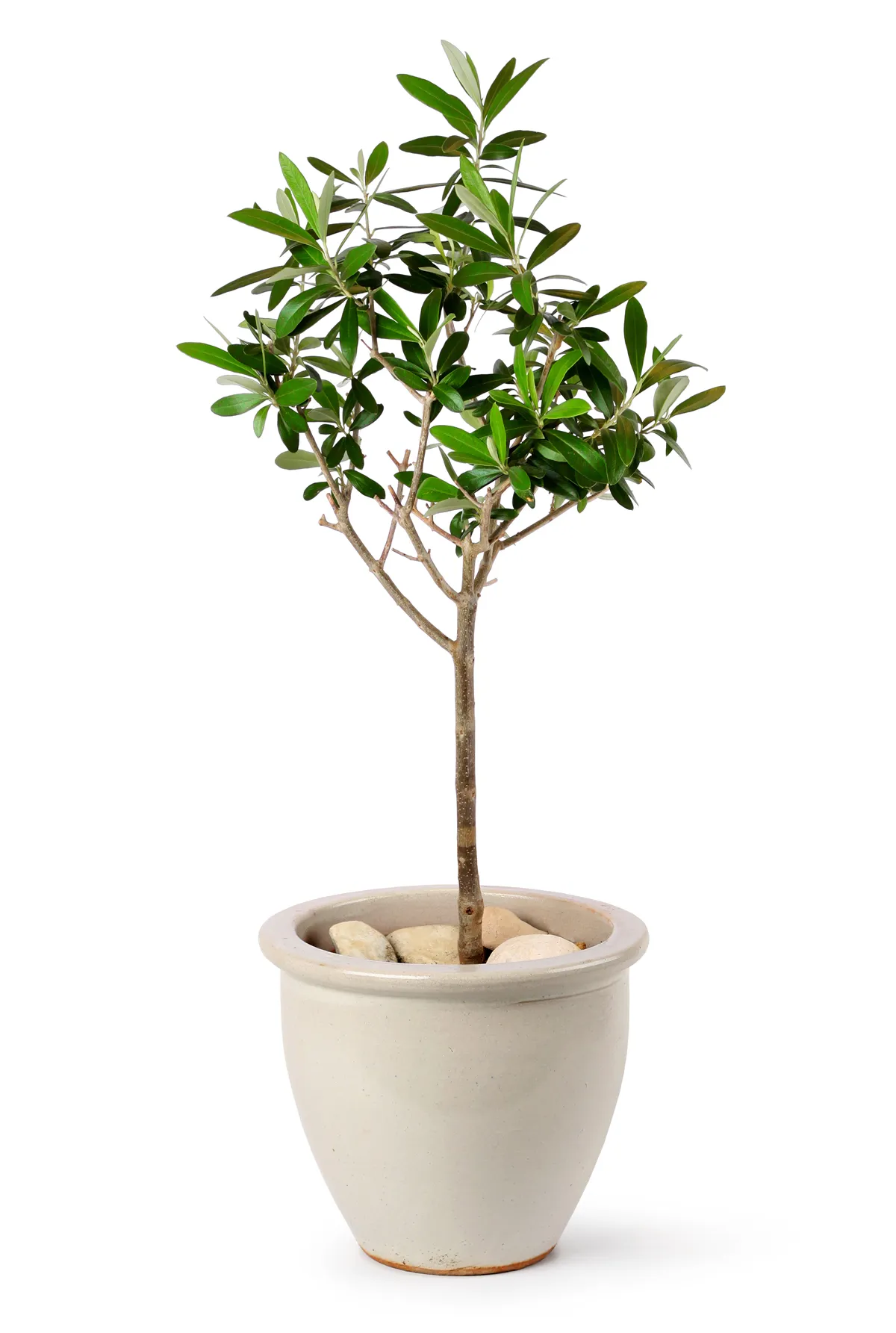 Young olive tree in stylish ceramic pot
Young olive tree in stylish ceramic pot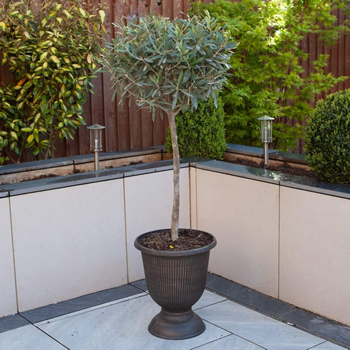
Olive trees have been cultivated for centuries and are highly valued for their fruit and oil. Propagation, or the process of creating new olive trees, is essential to maintaining and expanding olive tree groves. While there are several methods of propagation available, some are more effective than others. One of the best propagation methods for the olive tree is hardwood cuttings, which involves taking cuttings from a mature olive tree and rooting them in soil or water. Olive trees can also be propagated through grafting, which involves joining the branches of two olive trees together. Whichever method is chosen, proper care and attention is necessary to ensure the new olive trees thrive. With the right propagation methods and care, the olive tree can continue to be a valuable and integral part of agriculture for years to come.
A Step by Step Guide on How to Grow an Olive Tree using The Hardwood Cutting Method
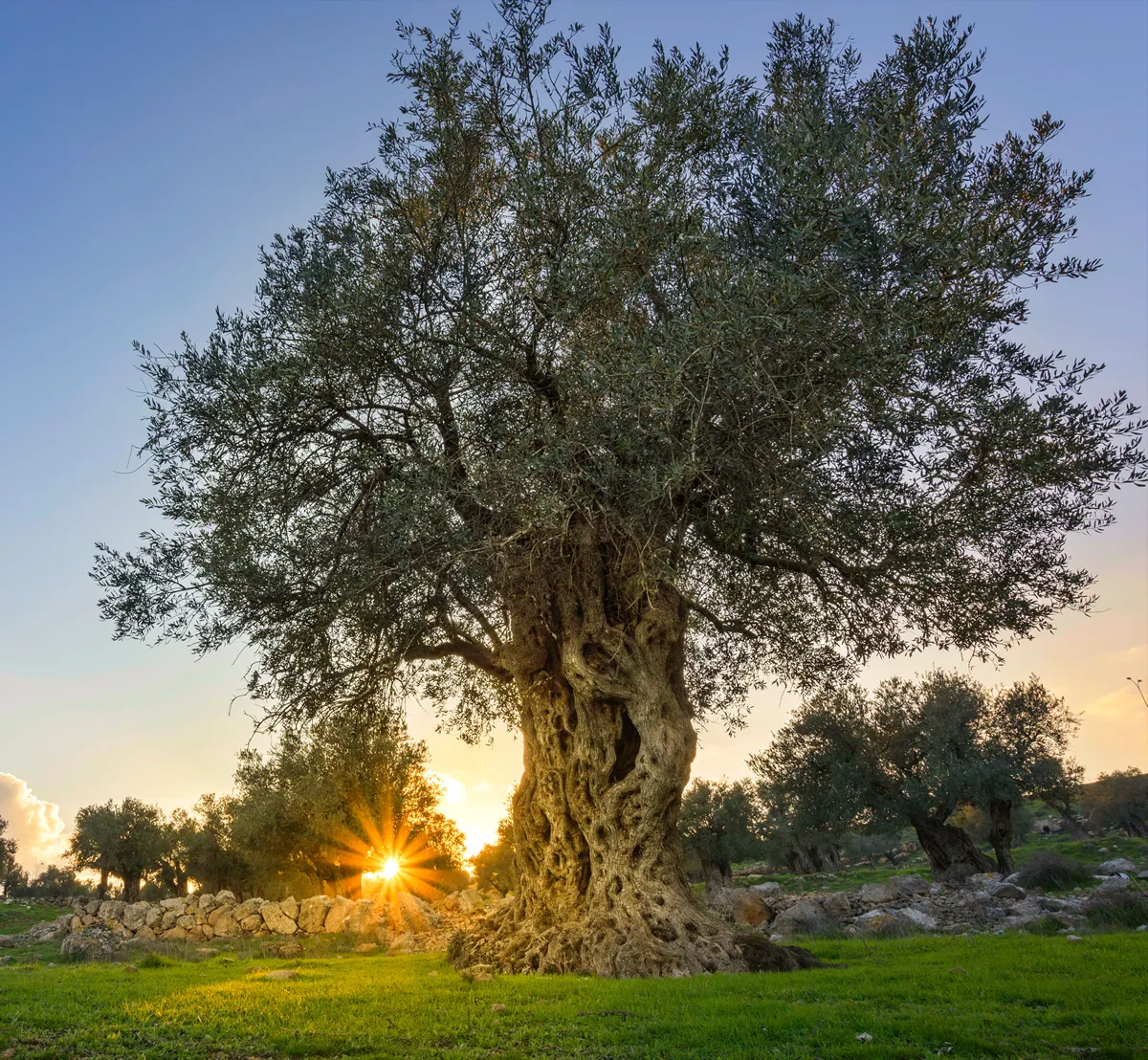 Olive tree with sunburst in the background, grown by monks of Mar Elias Monastery for olive oil
Olive tree with sunburst in the background, grown by monks of Mar Elias Monastery for olive oilPrepare for propagation:
The best time to take hardwood cuttings from an olive tree is during the dormant season, typically between late winter and early spring. Before you begin, gather the necessary materials, including a sharp, clean pruning shears or knife, a well-draining potting mix or a mix of sand and peat, rooting hormone powder, and pots or trays with drainage holes.-
Select healthy branches:
Choose healthy, straight branches from the parent olive tree that are about pencil-thickness and have mature wood (1-2 years old) without any signs of pests or diseases. -
Take the cuttings:
Using your pruning shears or knife, make clean cuts to remove 6-8 inch long sections from the selected branches. Each cutting should have at least 3-4 nodes (the points where leaves or buds emerge). Make a straight cut just above a node at the top of the cutting and a slanted cut just below a node at the bottom. This will help you remember which end is the bottom when planting and increase the surface area for root development. -
Remove lower leaves:
Carefully remove the leaves from the lower half of the cutting, leaving only a few small leaves or buds at the top. This will reduce moisture loss and encourage rooting. -
Apply rooting hormone:
Dip the bottom end of the cutting into water, then into the rooting hormone powder, ensuring that the lower node is covered. Gently tap off any excess powder. Rooting hormone promotes root development and increases the chances of successful propagation. -
Prepare the pots or trays:
Fill your pots or trays with the well-draining potting mix or sand and peat mixture, and moisten the medium thoroughly. -
Plant the cuttings:
Use a pencil or your finger to create a hole in the medium for each cutting. Insert the bottom end of the cutting into the hole, ensuring that at least one node is below the surface. Firmly press the medium around the cutting to ensure good contact and eliminate air pockets. -
Water and cover (optional):
Water the cuttings gently to settle the medium around the base. To maintain humidity, you can cover the pots or trays with a clear plastic bag or place them in a propagator. However, this step is not strictly necessary for olive trees, as they can root successfully without high humidity. -
Provide proper care:
Place the cuttings in a bright location with indirect sunlight and maintain consistent moisture in the medium. Avoid over-watering, as this can lead to rotting. Olive tree cuttings may take several weeks or even months to root, so be patient. -
Check for root development:
Gently tug on the cuttings every few weeks to check for resistance, which indicates root development. Once roots have formed and new growth appears, gradually acclimate the cuttings to outdoor conditions before transplanting them into larger pots or their permanent location in the garden.
Remember that not all cuttings will successfully root, so it's a good idea to take more cuttings than you need to increase your chances of success.
A Step by Step Guide on How to Grow an Olive Tree using The Grafting Method
 Olive plantation Crete ,Greece, Europe
Olive plantation Crete ,Greece, EuropeChoose the right time:
The best time to graft an olive tree is during late winter or early spring when both the rootstock and the scion are dormant. This allows the graft to heal and establish before the growing season begins.-
Select a suitable rootstock:
Choose a healthy, disease-free olive tree with a straight trunk at least 1-2 inches in diameter. The rootstock should be well-established and vigorous, as it will provide the necessary nutrients and support for the grafted scion. -
Olea europaea var. sylvestris (Wild Olive):
This variety is often chosen as rootstock for its adaptability to different soil types, resistance to certain pests and diseases like nematodes, and tolerance to drought conditions. -
Frantoio:
Frantoio is another popular choice for rootstock due to its vigor, adaptability to various climates and soil conditions, and resistance to some fungal diseases like Verticillium Wilt. -
Leccino:
Leccino rootstock is known for its cold hardiness, making it suitable for regions with cooler climates. It is also resistant to some diseases like Peacock spot and tolerant of different soil types. -
Pick an appropriate scion:
The scion should come from a healthy, mature olive tree with desirable characteristics such as fruit quality or resistance to pests and diseases. Select a branch with pencil-thickness and well-developed buds. -
Prepare the scion:
Using a sharp, clean grafting knife, cut the selected scion into 6-8 inch long sections, each containing 2-3 buds. Trim the bottom end of the scion into a wedge shape with two clean, sloping cuts on either side. -
Prepare the rootstock:
On the rootstock, select a smooth, straight section of the trunk where you want to graft the scion. Make a T-shaped cut on the bark of the rootstock, with the top of the "T" being approximately 1 inch long and the vertical part of the "T" about 1-2 inches long. -
Lift the bark:
Carefully lift the flaps of bark created by the T-cut, exposing the cambium layer underneath (the thin green layer between the bark and wood). -
Insert the scion:
Slide the wedge-shaped bottom end of the scion into the T-cut, ensuring that the cambium layers of both the scion and rootstock are in contact with each other. Proper cambium alignment is crucial for successful grafting. -
Secure the graft:
Wrap grafting tape or rubber bands tightly around the graft union to hold the scion in place and seal the cut edges. This helps maintain cambium contact and prevents moisture loss. -
Apply grafting wax:
Cover the graft union and any exposed cuts with grafting wax to seal out air and moisture, further protecting the graft. -
Monitor the graft:
Keep an eye on the graft as the growing season progresses. The graft should start to heal and show signs of new growth within a few weeks. Once the graft has healed and new growth is apparent, carefully remove the grafting tape or rubber bands. -
Prune the rootstock:
Once the grafted scion has established and is growing well, prune away any growth from the rootstock below the graft union. This directs the tree's energy into the grafted scion, encouraging its growth and development. -
Support the graft (if necessary):
If the grafted branch needs additional support, use a stake or splint to keep it upright and secure.
When grafting an olive tree, it is important to choose a rootstock that is well-adapted to the local climate and soil conditions, as well as resistant to common pests and diseases. Some preferred rootstock varieties for grafting olive trees include:
Ultimately, the choice of rootstock will depend on the specific needs of your location and the desired characteristics of the grafted tree. It is essential to consider factors such as climate, soil conditions, and pest and disease resistance when selecting the most suitable rootstock for grafting an olive tree.
Remember that grafting can be a delicate process, and not all attempts may be successful. It's essential to practice proper grafting techniques and provide optimal care for the grafted tree to increase your chances of success.
A Step by Step Guide on How to Grow an Olive Tree from Seed
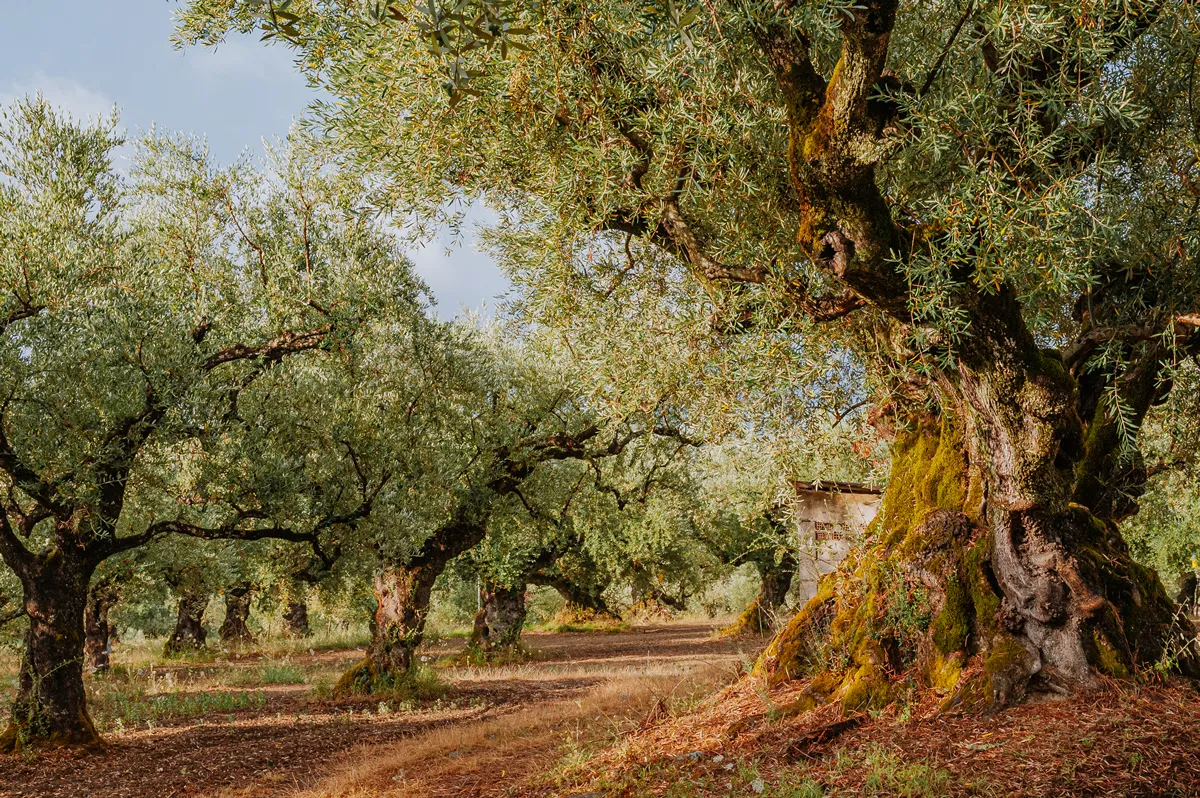 Olive Grove on the island of Greece. plantation of olive trees.
Olive Grove on the island of Greece. plantation of olive trees.Source fresh seeds:
Obtain fresh olive seeds from ripe fruits, ideally from a tree with desirable characteristics such as fruit quality or cold tolerance. Fresh seeds have a higher germination rate than store-bought seeds, which may have been stored for an extended period.-
Clean the seeds:
Remove the seeds from the fruit and clean them thoroughly by rinsing them under running water to remove any remaining pulp. -
Stratification:
Olive seeds require a period of cold stratification to break dormancy and promote germination. To stratify the seeds, place them in a dampened paper towel or a mixture of moist peat moss and sand, then seal them in a plastic bag. Store the bag in the refrigerator at a temperature of around 4-7°C (39-45°F) for 60-90 days. Check the seeds regularly during this period, ensuring that the medium remains moist and watching for any signs of mold or decay. -
Prepare planting containers:
While the seeds are undergoing stratification, prepare small pots or seed trays with drainage holes. Fill the containers with a well-draining, sterile seed-starting mix or a mix of equal parts peat moss, perlite, and vermiculite. -
Sow the seeds:
After the stratification period, remove the seeds from the refrigerator and let them come to room temperature. Sow each seed approximately 0.5 inches deep in the prepared containers, covering them lightly with the seed-starting mix. -
Water and maintain moisture:
Water the seeds gently, ensuring that the medium is evenly moist but not waterlogged. Use a spray bottle or watering can with a fine rose attachment to avoid displacing the seeds. Maintain consistent moisture in the growing medium throughout the germination process. -
Provide warmth and light:
Place the containers in a warm, bright location with indirect sunlight, maintaining a temperature of around 21-25°C (70-77°F). Using a heat mat or placing the containers in an area with bottom heat can help maintain the optimal temperature for germination. -
Monitor for germination:
Olive seeds can take several weeks or even months to germinate, so be patient. Keep an eye on the containers and continue to maintain consistent moisture and temperature. -
Transplant seedlings:
Once the seedlings have developed their first set of true leaves, carefully transplant them into larger pots filled with a well-draining potting mix. Provide the young olive trees with bright light, consistent moisture, and gradually acclimate them to outdoor conditions before planting them in their permanent location in the garden. -
Care for young trees:
Continue to care for your young olive trees by providing adequate water, sunlight, and nutrients. Prune them as needed to encourage branching and maintain a healthy shape.
Growing olive trees from seed can be a lengthy and challenging process, but it can also be a rewarding way to cultivate unique and resilient plants. Keep in mind that olive trees grown from seed may not produce fruit with the same characteristics as the parent tree, and it may take several years for them to begin bearing fruit.
When will Olive Trees start producing Fruit?
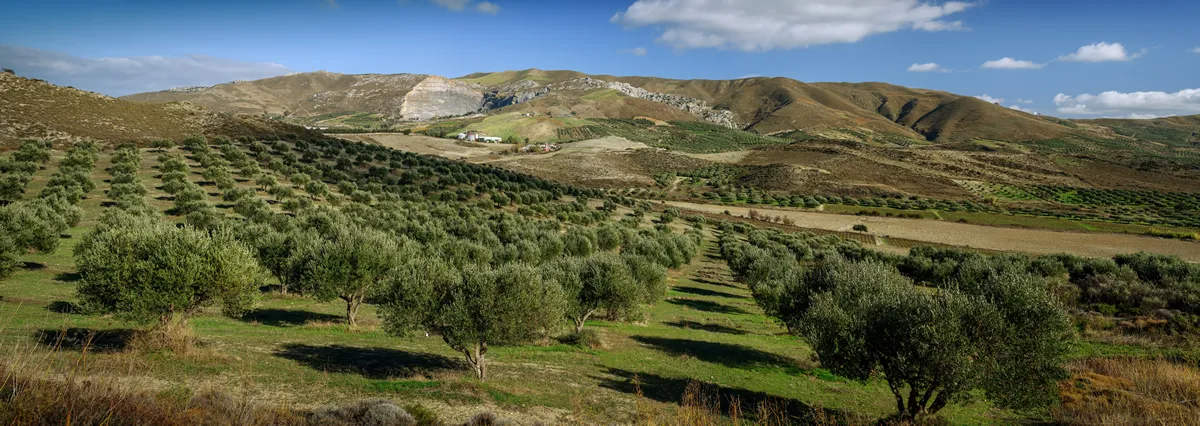 Mountain rural landscape, olive groves of Greece, panorama
Mountain rural landscape, olive groves of Greece, panorama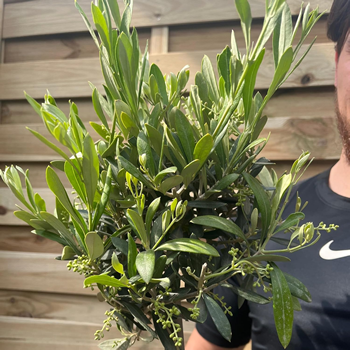
Olive trees are a hardy, evergreen species that can reach up to 50 feet in height. While they are known for their silvery-green leaves and beautiful aesthetic, many growers are eager to see their olive trees producing fruit. The question on everybody's mind is, "When will Olive Trees start producing Fruit?" The answer to this question isn't as straightforward as one might think!
Typically, olive trees will begin producing fruit within three to five years of being planted. However, this timeline can vary depending on several factors, including the age and health of the tree, the variety of the olive, and the growing conditions. Some olive trees may begin producing fruit as early as two years after planting, while others may take up to ten years or more. Regardless of when the fruit production starts, the wait is well worth it for the delicious, nutritious olives that will eventually come from these beautiful trees.
How and When to Harvest the Olive Tree
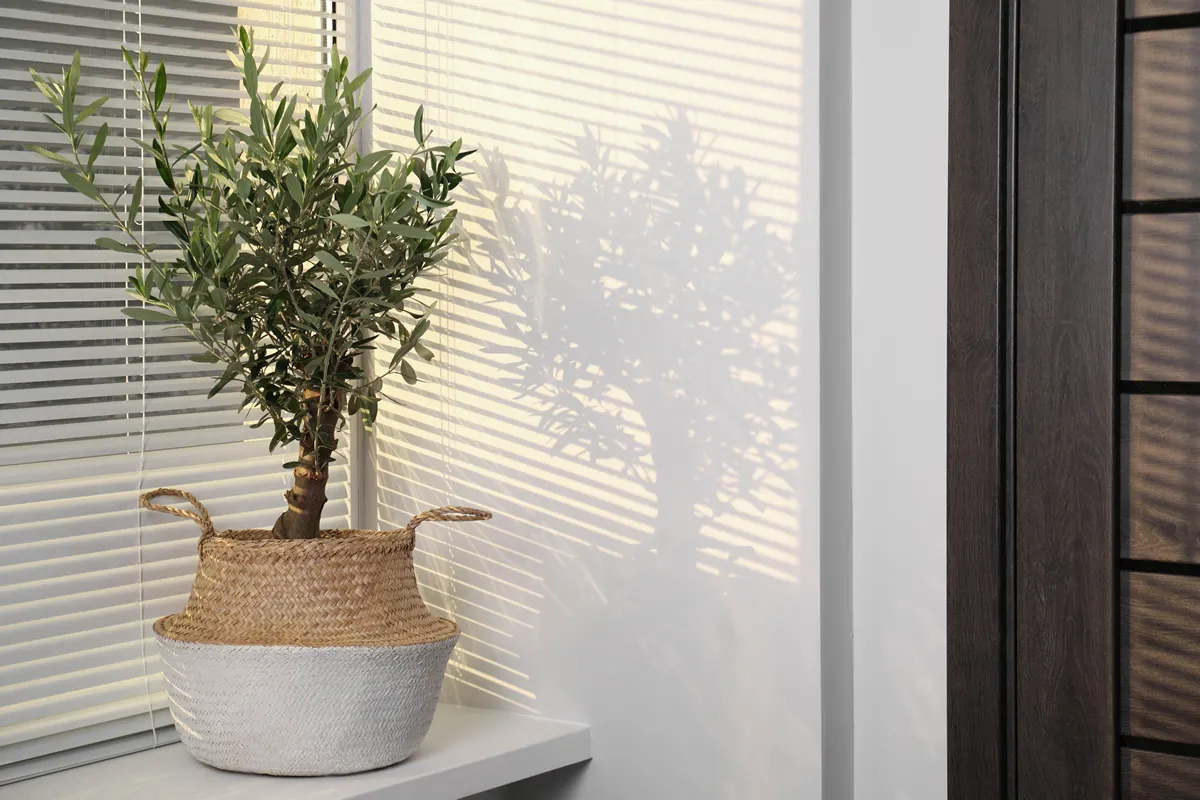 Beautiful young potted olive tree on windowsill. Interior element
Beautiful young potted olive tree on windowsill. Interior element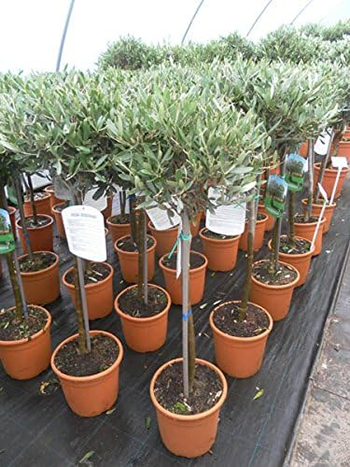
Olive trees have been cultivated for centuries for their delicious fruit and the oil derived from it. In order to properly harvest an olive tree, one must understand the timing and technique involved.
Typically, olive trees should be harvested in the fall or early winter when the fruit is ripe. This is determined by checking the colour of the olives – they should be a dark purple or black – and by a simple taste test.
Gently pulling the fruit from the branches is the most common method, but some farmers prefer to use tools to speed up the process. Once harvested, the olives need to be processed quickly in order to ensure the best quality oil.
Harvesting olive trees is a labour-intensive process, but the end result is worth it for those who enjoy the rich flavor of extra virgin olive oil.
Growing Olive Trees in Containers or Pots
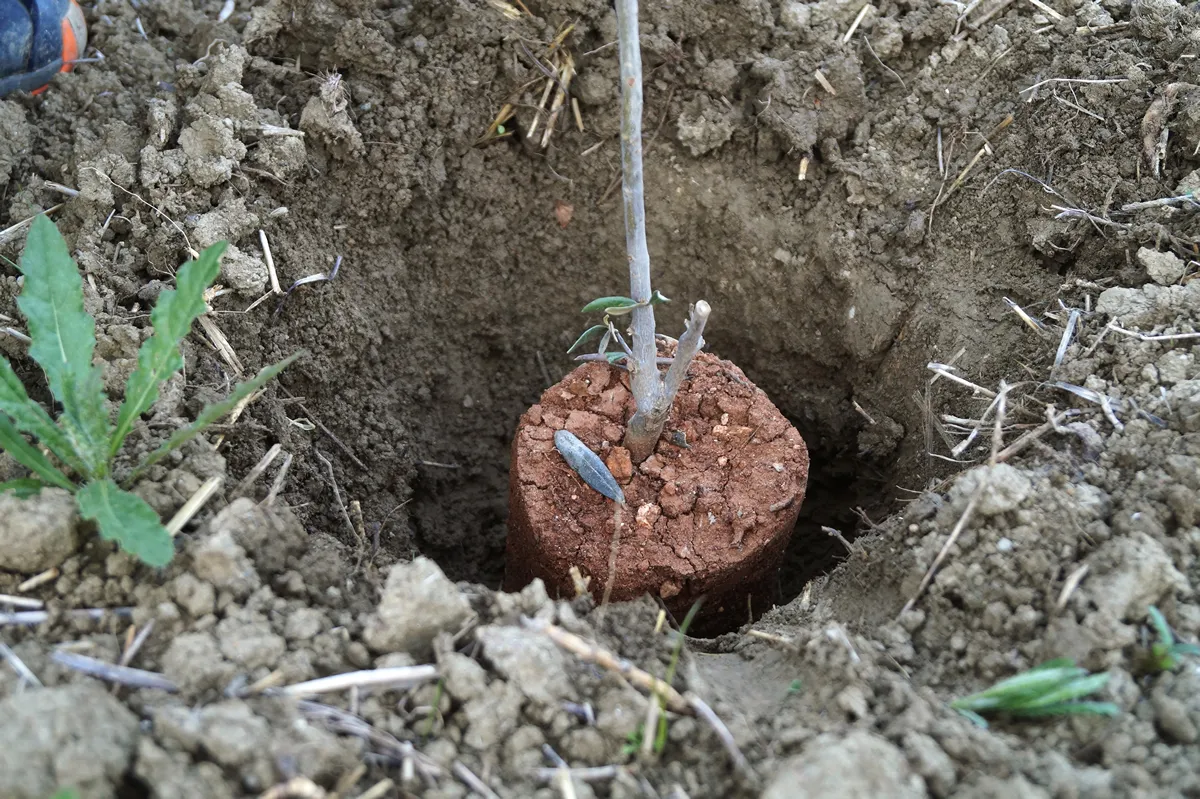 Young olive tree, field, planting, grow, perma, culture, olive oil
Young olive tree, field, planting, grow, perma, culture, olive oil
Growing olive trees in containers or pots is a fantastic way to bring a touch of the Mediterranean into your garden or even onto your balcony. Despite their reputation for being a sun-loving species, olive trees can thrive in containers and even produce fruit. Just make sure your pot or container is big enough for the tree's roots to spread out and that you provide adequate drainage. You'll also want to choose a location with plenty of light, and avoid over-watering your tree. With a little bit of care and attention, growing olive trees in pots can be a rewarding and enjoyable experience. Not only will you have a beautiful and functional addition to your outdoor space, but you'll also have the satisfaction that comes with growing your very own olives.
Olive trees play an integral part in Mediterranean culture offering shade, beauty and loads of health benefits. They are a delightful and flavorful addition to any garden or terrace, making a wonderful landscape feature wherever they are planted. By understanding the basics of olive tree care and maintenance, you can ensure these majestic plants thrive throughout the seasons. Whether you want to grow your own for their fruit or simply adore them for their beauty, now is the perfect time to discover more about olive trees in the UK! With careful planning and dedicated planting efforts, you may soon be reaping the rewards of your healthy harvest which will add both visual charm and flavor to your garden space.
A Complete Guide to Pruning the Olive Tree in the UK
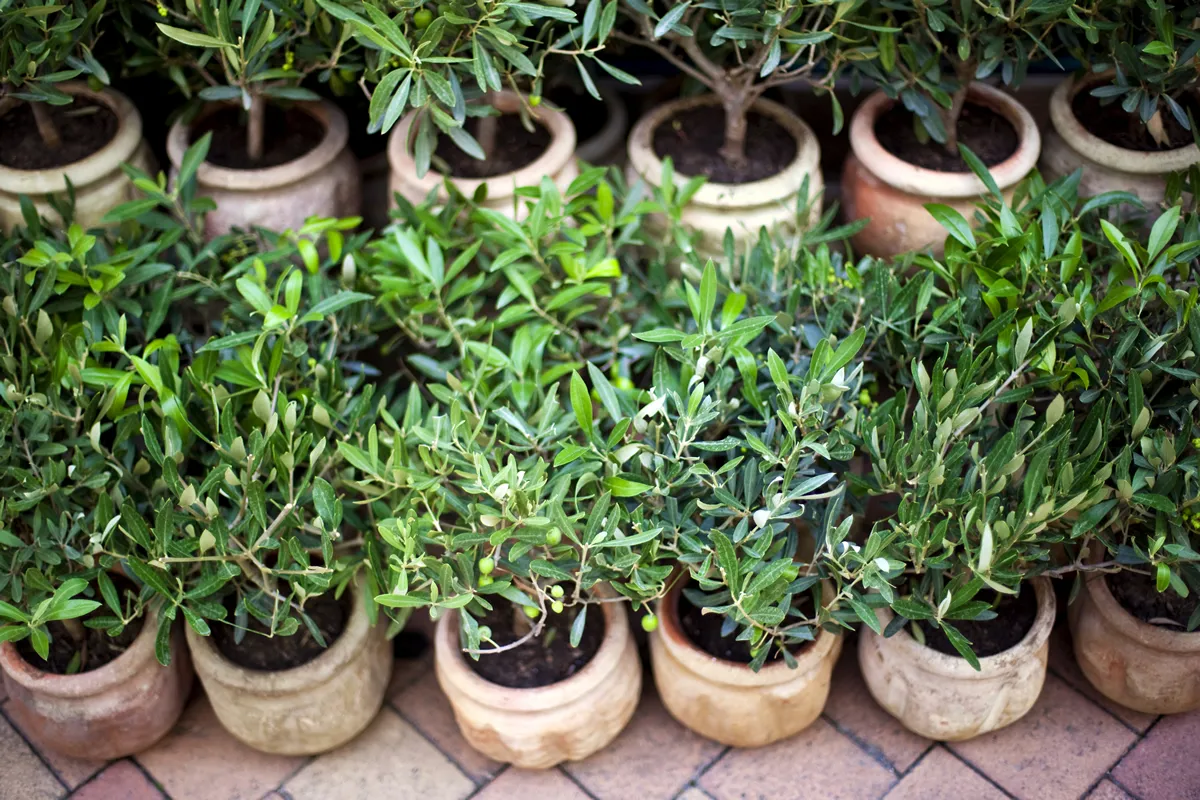 Young olive trees in pots on a terrace
Young olive trees in pots on a terrace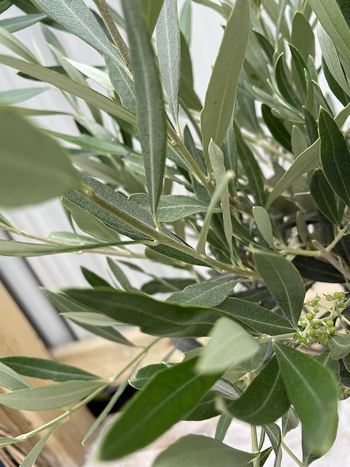
Are you a gardener that's heard the adage 'one bad pruning job can ruin your olive tree'? If you're looking for some guidance to ensure that doesn't happen, then look no further! This guide will provide tips for successful pruning of an olive tree in the UK. From preparing your tree and its surrounding area appropriately, to understanding which branches should be cut during each season, this post covers every step of the process. So grab your gardening tools and let's get started on how to successfully prune an olive tree in the UK!
A Step by Step Guide on How To Prune an Olive Tree
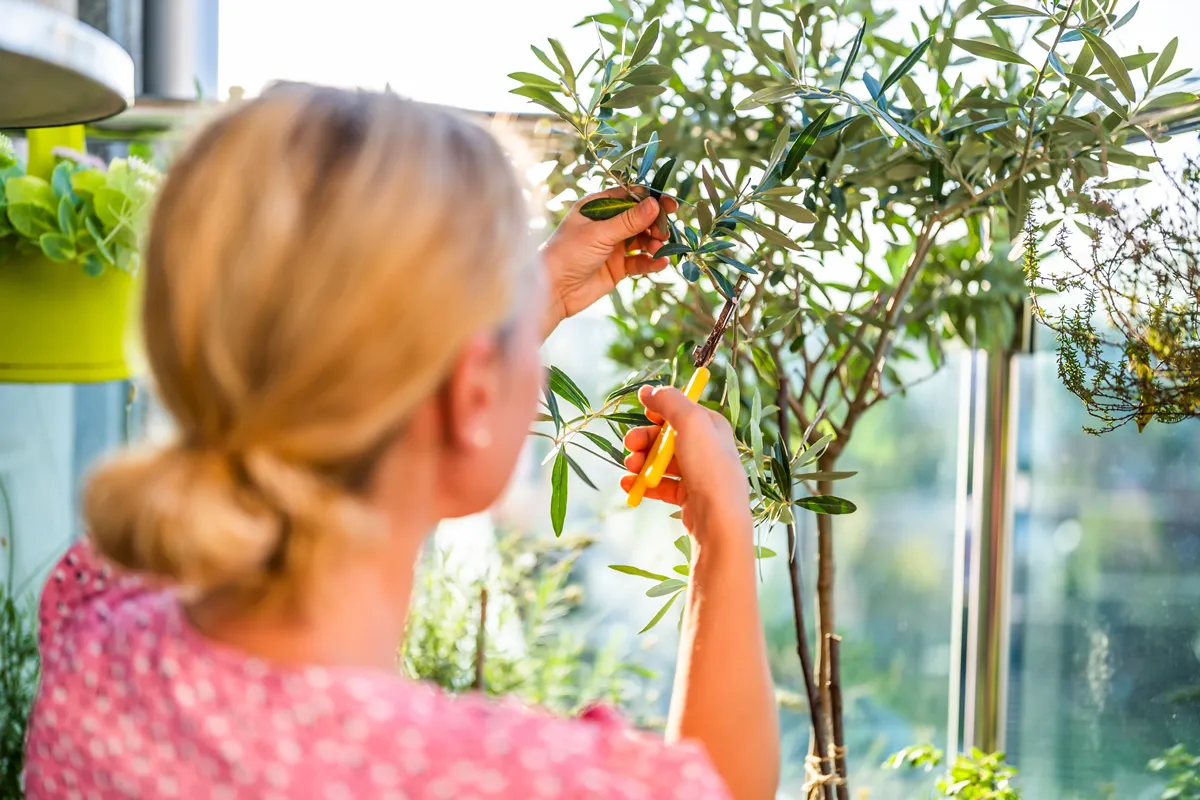 Woman gardening on balcony at home. She is taking care her Olive tree.
Woman gardening on balcony at home. She is taking care her Olive tree.-
Choose the right time:
The best time to prune an olive tree is during late winter or early spring, before the new growth begins. This allows the tree to focus its energy on producing new shoots and fruit after pruning. -
Gather necessary tools:
Ensure you have sharp, clean pruning shears, loppers, and a pruning saw for larger branches. Keeping your tools clean and sharp helps prevent damage to the tree and reduces the risk of spreading diseases between plants. -
Inspect the tree:
Before you start pruning, take a moment to inspect the olive tree's overall shape, structure, and health. Identify any dead, diseased, or damaged branches that need to be removed, as well as any areas with overcrowding or poor air circulation. -
Remove dead, diseased, or damaged wood:
Start by cutting away any dead, diseased, or damaged branches, cutting back to healthy wood or the trunk. Make clean, angled cuts just outside the branch collar to promote proper healing. -
Open up the tree canopy:
Olive trees benefit from an open canopy that allows sunlight and air to penetrate the foliage. To achieve this, remove any crossing or rubbing branches, as well as branches growing towards the center of the tree. This will help improve air circulation, reduce the risk of fungal diseases, and encourage better fruit production. -
Shape the tree:
Prune the tree to maintain its desired shape and size, keeping in mind that olive trees can be trained into various forms such as vase-shaped, multi-trunked, or single trunked. When shaping the tree, try to maintain a balanced framework of primary branches evenly distributed around the trunk. -
Thin out fruiting wood:
Olive trees produce fruit on one-year-old wood, so it's important to thin out some of the older, less productive branches each year to stimulate new growth. Selectively remove around one-third of the previous year's growth, focusing on branches that are weak, spindly, or poorly positioned. -
Manage tree height:
If necessary, reduce the height of the olive tree by selectively pruning back the tallest branches to a lower lateral branch or bud. This can make fruit harvesting easier and help maintain the overall size and shape of the tree. -
Clean up:
After pruning, remove all cuttings and debris from around the base of the tree. This helps prevent the spread of diseases and pests that may be present in the pruned material. -
Monitor and maintain:
Regularly monitor your olive tree's health and growth throughout the year, and carry out any necessary maintenance pruning to remove dead, diseased, or damaged wood as needed.
Remember that pruning is an essential part of olive tree care, promoting healthy growth, better fruit production, and an attractive appearance. However, it's important not to over-prune, as this can weaken the tree and reduce fruit yield. Always aim to retain a balanced structure and avoid removing more than one-third of the tree's foliage in a single pruning session.
Understand the Basics of Pruning Olive Trees - The various types of pruning, which tools you’ll need, and how to prepare for pruning
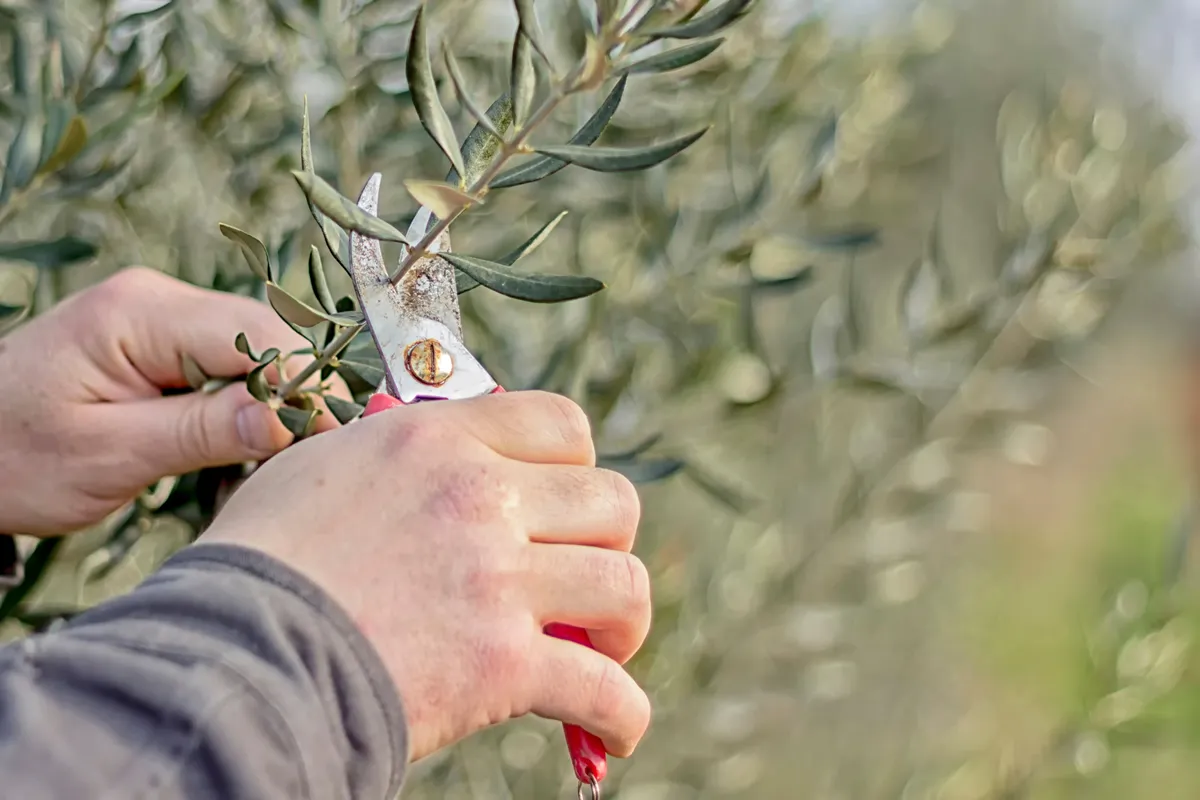 Hands holding pruning shears and cutting olive tree branch in spring. Traditional seasonal pruning.
Hands holding pruning shears and cutting olive tree branch in spring. Traditional seasonal pruning.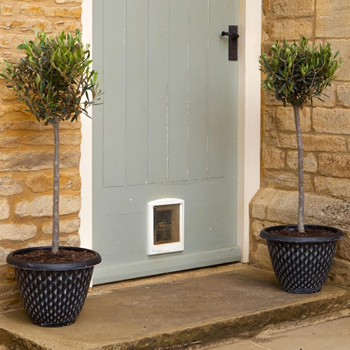
Pruning is an essential aspect of olive tree care, but many may feel intimidated by the process. Understanding the basics of olive tree pruning is essential, as it not only helps to maintain the health of the tree but also promotes fruit production. There are various types of pruning techniques, and it's essential to determine which one would work best for your olive tree. You'll also need the appropriate tools, such as pruning shears, saws, and loppers, to make clean cuts and prevent damage to the tree.
Before beginning, it's vital to prepare adequately for pruning, from wearing protective clothing to sanitizing your tools to prevent the spread of diseases. With these essential tips in mind, you'll be on your way to successfully pruning your olive tree.
Know What to Avoid When Pruning Olive Trees - The dangers associated with improper pruning techniques
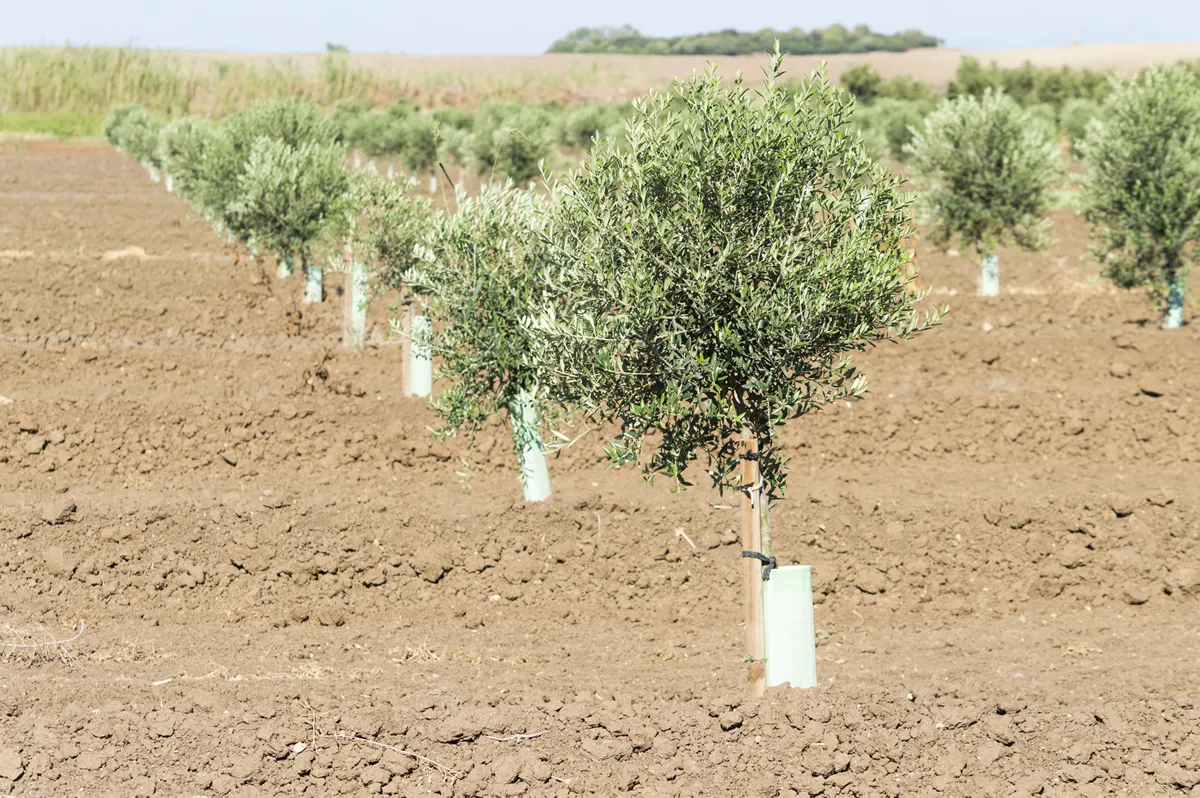 Young olive trees in a plantation of olive trees
Young olive trees in a plantation of olive trees
Pruning olive trees can be a delicate task that requires careful attention and the right techniques. If proper pruning methods are not followed, it can not only harm the tree's health but also pose serious dangers for the pruner. One of the biggest dangers associated with improper pruning is the increased risk of injury. This is especially true for those who are not experienced in this type of work. Misuse of tools or cutting in the wrong direction can result in painful cuts or even serious accidents. Moreover, improper pruning techniques can also lead to damage to the tree, like reducing its yield and affecting its overall health. So, whether you're a professional gardener or just a lover of all things green, make sure you know what to avoid when pruning olive trees to keep yourself and your trees safe and healthy.
Learn Where and When to Prune Olive Trees in the UK - Factors that will affect your decision on when to prune and where
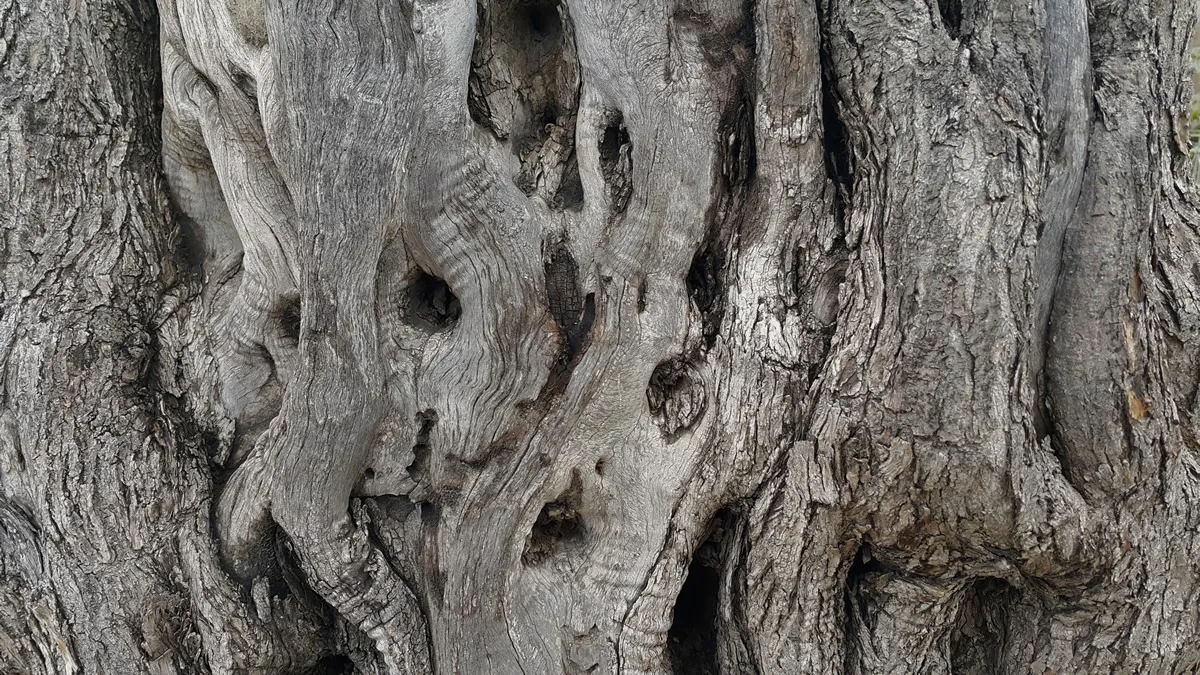 magical old olive tree
magical old olive tree
If you're looking to prune your olive trees in the UK, there are several factors you need to consider before making a decision on when and where to begin.
Firstly, the time of year plays a significant role as it can determine the tree's growth patterns and recovery rate.
Secondly, the location of the tree can affect how well it can tolerate pruning, particularly if it's situated in an exposed or sheltered area.
Additionally, the age and health of the tree will also impact your decisions around pruning. Overall, pruning olive trees in the UK can be a delicate process, but by taking the time to assess the best course of action, you can help your trees grow stronger and healthier.
How to Choose the Right Time of Year to Prune Your Olive Tree - The best times of year for optimal growth and yield
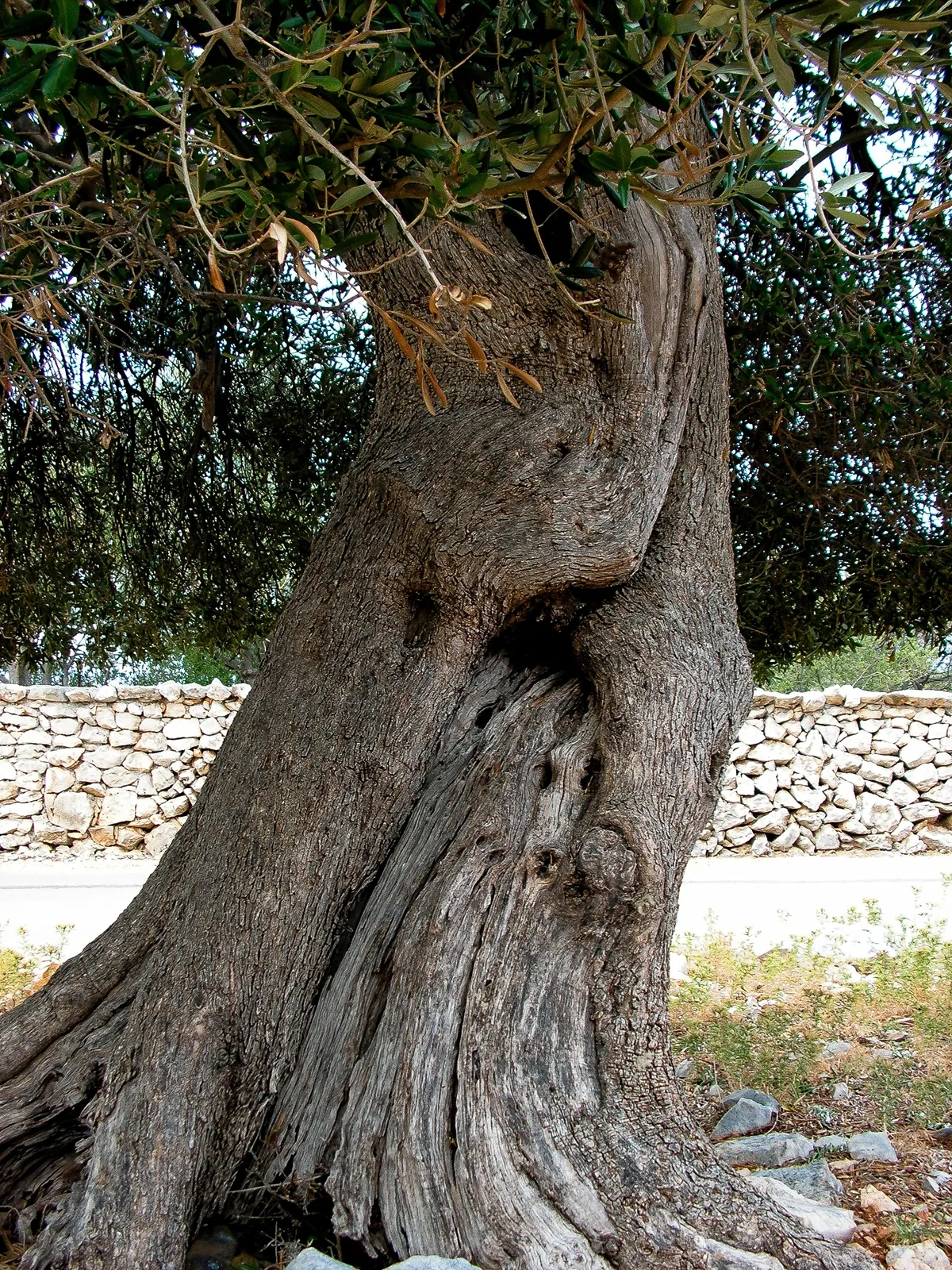 old and thick olive tree in Croatia
old and thick olive tree in Croatia
As a proud olive tree owner, you want to make sure you are pruning at the right time of year for the best results. Timing is everything when it comes to producing a healthy, thriving tree with abundant fruit. The best times to prune your olive tree are during the late winter or early spring, before any new growth begins. This ensures that your tree receives the maximum benefit from the fresh pruning, encouraging new growth and optimizing yield. By choosing the right time of year to prune your olive tree, you can enhance its overall health and enjoy a bountiful harvest.
Establish a Regular Pruning Schedule for Your Olive Tree - Tips on establishing a routine that will keep your olive tree healthy
 Detail of olive tree branch
Detail of olive tree branch
Pruning your olive tree regularly is vital to ensure its health, longevity, and fruit production. Establishing a set schedule that is tailored to your tree's age, size, and variety will help keep it thriving. Begin by assessing the current state of your tree and identifying any areas that may need attention.
Thinning out branches that are crossing or rubbing against one another is an excellent place to start. It's recommended to prune your olive tree once a year and during the dormant season when it's easier to see the structure of the tree. This will also allow the tree to allocate its energy to healing and growth come springtime. By following these steps, you're on your way to a thriving olive tree that will provide you with delicious fruit for years to come.
After-Care Tidying Up To Ensure Healthy Growth Post-Pruning - Things you should do after pruning for maximum health benefits
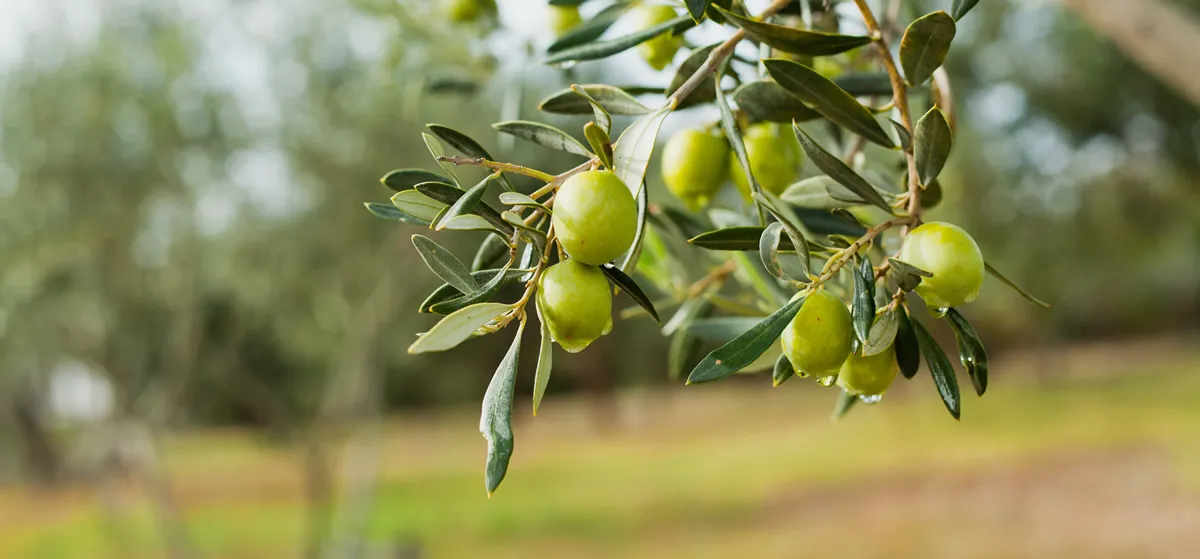 Green Olives on the Olive Tree
Green Olives on the Olive Tree
After pruning your plants, it's crucial to take care of them properly to ensure maximum health benefits. Firstly, you should clear away any debris and fallen branches to prevent the risk of disease and pest infestations. You should also remove any dead or crossing branches, as these can hinder healthy growth.
Be careful not to over-prune, as this can result in weaker plants. After pruning, keep an eye on the new growth and ensure the plant is receiving adequate water and nutrients. By following these post-pruning tips, your plants will be set up for healthy and vigorous growth.
Pruning your olive tree can seem like a daunting task, but with the right knowledge and tools you'll soon find it's not so intimidating. Knowing the basic pruning techniques, what to avoid, where and when to prune in the UK, what time of year is best for pruning as well as establishing a regular pruning schedule and tidying up afterwards will make sure your tree is properly cared for and that it grows healthy and strong. With these tips and tricks you’ll be sure to get the most out of your olive trees, maximizing yield and flavor - so get started today!
How to Prune Climbing Vines
List by Variety
- How to Prune Actinidia
- How to Prune Akebia
- How to Prune Bougainvillea
- How to Prune Campsis
- How to Prune Celastrus
- How to Prune Chilean Glory Vine
- How to Prune Clematis Armandii
- How to Prune Clematis Montana
- How to Prune Climbing Rose
- How to Prune Hedera GoldHeart
- How to Prune Honeysuckle
- How to Prune Hydrangea Petiolaris
- How to Prune Ivy
- How to Prune Japanese Wisteria
- How to Prune Morning Glory
- How to Prune Parthenocissus
- How to Prune Persian Ivy Hedera Colchica
- How to Prune Schisandra
- How to Prune Star Jasmine
- How to Prune Sweet Peas
- How to Prune True Jasmine
- How to Prune Virginia Creeper
- How to Prune Wisteria
How to Prune Hedges
List by Variety
- How to Prune an Arborvitae Hedge
- How to Prune a Barberry Hedge
- How to Prune a Beech Hedge
- How to Prune a Boxwood Hedge
- How to Prune a Butterfly Bush Hedge
- How to Prune a Cotoneaster Hedge
- How to Prune an English Lavender Hedge
- How to Prune an Escallonia Hedge
- How to Prune an Euonymus-Hedge
- How to Prune a Firethorn Hedge
- How to Prune a Forsythia Hedge
- How to Prune a Griselinia Hedge
- How to Prune a Hawthorn Hedge
- How to Prune a Holly Hedge
- How to Prune a Hornbeam Hedge
- How to Prune a Laurel Hedge
- How to Prune a Leylandii Hedge
- How to Prune a Lilac Hedge
- How to Prune a Maple Leaf Viburnum Hedge
- How to Prune a Photinia Hedge
- How to Prune a Pink Ramanus Rose Hedge
- How to Prune a Privet Hedge
- How to Prune a Pyracantha Hedge
- How to Prune a Spirea Hedge
- How to Prune a Thuja Hedge
- How to Prune a Viburnum Hedge
- How to Prune a Western Red Cedar Hedge
- How to Prune a Yew Hedge
How to Prune Shrubs
List by Variety
- How to Prune an Abelia Shrub
- How to Prune an Abutilon
- How to Prune an Acer / Japanese-Maple
- How to Prune an Amelanchiers
- How to Prune an Apple-Tree
- How to Prune an Arbovitae Shrub
- How to Prune an Arbutus
- How to Prune an Aucuba
- How to Prune a Azalea Mollis
- How to Prune Azaleas
- How to Prune a Bay Tree Shrub
- How to Prune a Berberis Darwinii
- How to Prune Berberis Deciduous Types
- How to Prune a Boxwood Shrubs
- How to Prune a Brachyglottis Senecio
- How to Prune a Buddleia Alternifolia
- How to Prune Buddleias Butterfly Bushes
- How to Prune a Buddleja Globosa
- How to Prune a Callicarpa
- How to Prune a Camellia
- How to Prune a Caryopteris
- How to Prune a Catalpa Bignonioides Aurea
- How to Prune Ceanothus Deciduous Types
- How to Prune Ceanothus Evergreen Types
- How to Prune a Ceratostigma
- How to Prune a Chaenomeles
- How to Prune a Choisya
- How to Prune a Cistus
- How to Prune a Clematis
- How to Prune a Cornus
- How to Prune a Cotinus Royal Purple
- How to Prune a Cytisus Scoparius
- How to Prune a Exochorda x Macrantha
- How to Prune a Forsythia
- How to Prune a Hebe
- How to Prune a Hydrangeas
- How to Prune Juniper Shrubs
- How to Prune a Lavatera
- How to Prune Lilac Bushes
- How to Prune a Mugo Pine
- How to Prune Rose Bushes
- How to Prune Spirea Shrubs
- How to Prune Viburnum Shrubs
- How to Prune a Weigela
- How to Prune a Yew
How to Prune Trees
List by Variety
- How to Prune a Apple Tree
- How to Prune a Apricot Tree
- How to Prune a Ash Tree
- How to Prune a Birch Tree
- How to Prune a Cherry Tree
- How to Prune a Elm Tree
- How to Prune a Fig Tree
- How to Prune a Grape Tree
- How to Prune a Hickory Tree
- How to Prune a Maple Tree
- How to Prune a Oak Tree
- How to Prune an Olive Tree
- How to Prune a Peach Tree
- How to Prune a Pear Tree
- How to Prune a Plum Tree
- How to Prune a Poplar Tree
- How to Prune a Walnut Tree
Pests and Diseases
- How to Protect from Anthracnose
- How to Protect from Athids
- How to Protect from Apple Scab
- How to Protect from Armillaria Root Rot
- How to Protect from Bagworms
- How to Protect from Black Knot
- How to Protect from Black Rot
- How to Protect from Black Spot
- How to Protect from Botryosphaeria Dieback
- How to Protect from Botrytis Blight
- How to Protect from Brown Rot
- How to Protect from Canker Diseases
- How to Protect from Caterpillars
- How to Protect from Cedar Apple Rust
- How to Protect from Clematis Wilt
- How to Protect from Codling Moths
- How to Protect from Crown Gall
- How to Protect from Crown Rot
- How to Protect from Downy Mildew
- How to Protect from Dutch Elm Disease
- How to Protect from Elm Bark Beetle
- How to Protect from Elm Leaf Beetle
- How to Protect from Fire Blight
- How to Protect from the Gypsy Moth Caterpillars
- How to Protect from Honey Fungus
- How to Protect from Japanese Beetles
- How to Protect from Juniper Scale
- How to Protect from Lace Bugs
- How to Protect from Lacewings
- How to Protect from Leaf Miners
- How to Protect from Leaf Spot Diseases
- How to Protect from Mealybugs
- How to Protect from Needle Blight
- How to Protect from Oak Borers
- How to Protect from Oak Wilt
- How to Protect from Olive Knot Disease
- How to Protect from Peach Leaf Curl
- How to Protect from Peach Scab
- How to Protect from Pear Psylla
- How to Protect from Pear Rust
- How to Protect from Pear Scab
- How to Protect from Perennial Canker
- How to Protect from Pine Sawflies
- How to Protect from Pine Shoot Beetle
- How to Protect from Plum Fruit Moth
- How to Protect from Plum Pox Virus
- How to Protect from Poplar Borer
- How to Protect from Powdery Mildew
- How to Protect from Root Rot
- How to Protect from Rose Rosette Disease
- How to Protect from Rust Fungi
- How to Protect from Scale Insects
- How to Protect from Silver Leaf Disease
- How to Protect from Slugs
- How to Protect from Spider Mites
- How to Protect from Twig Blight
- How to Protect from Verticillium Wilt
- How to Protect from Viburnum Beetle
- How to Protect from Vine Weevil
- How to Protect from Walnut Blight
- How to Protect from Walnut Husk Fly
- How to Protect from Walnut Scale
- How to Protect from Western Flower Thrips
- How to Protect from Whiteflies
Popular Pruning Sections

General Pruning
General Information on How to Prune your Garden
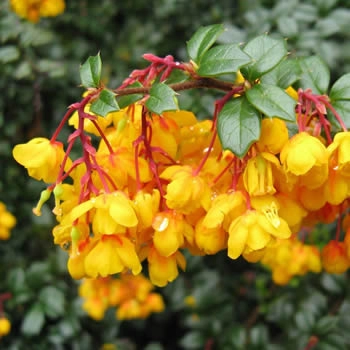
Pruning Shrubs
The Most Read Shrubs to Prune
- How to Prune Hydrangeas
- How to Prune a Rose Bush
- How to Prune Azaleas
- How to Prune a Lilac Bush
- How to Prune Buddleias - Butterfly Bushes
- How to Prune Forsythia
- How to Prune Weigela
- How to Prune Hebe
- How to Prune Camellia

Pruning Trees and Climbers
The Most Read Trees to Prune
- How to Prune Apple Trees
- Pruning Plum Trees
- Pruning Cherry Trees
- Pruning Olive Trees
- How to Prune a Grape Vine
- Acer Pruning | Pruning Japanese Maple
- How to Prune a Fig Tree
- Pruning Peach Trees
- Pruning Pear Trees
- How to Prune a Plum Tree

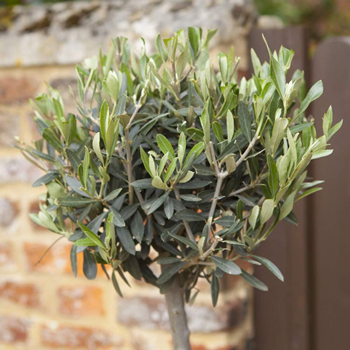
 Scale insects
Scale insects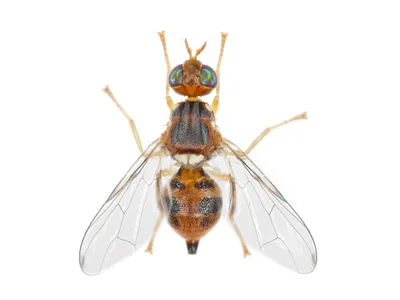 Olive Fruit fly- Bactrocera oleae
Olive Fruit fly- Bactrocera oleae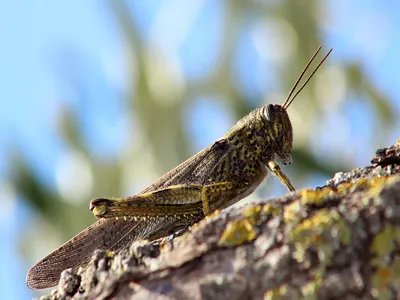 Migratory locust in an olive tree
Migratory locust in an olive tree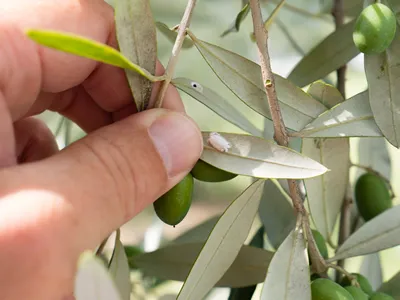 olive leaf infected with mealybug
olive leaf infected with mealybug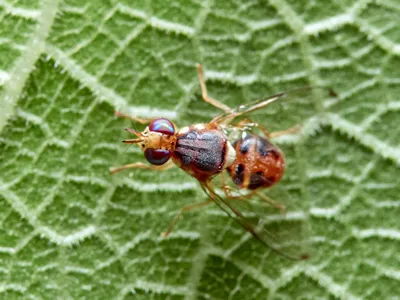 Fruit fly, Pest of olives
Fruit fly, Pest of olives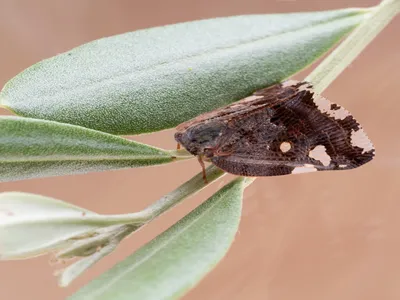 Ricania speculum pest on olive tree
Ricania speculum pest on olive tree